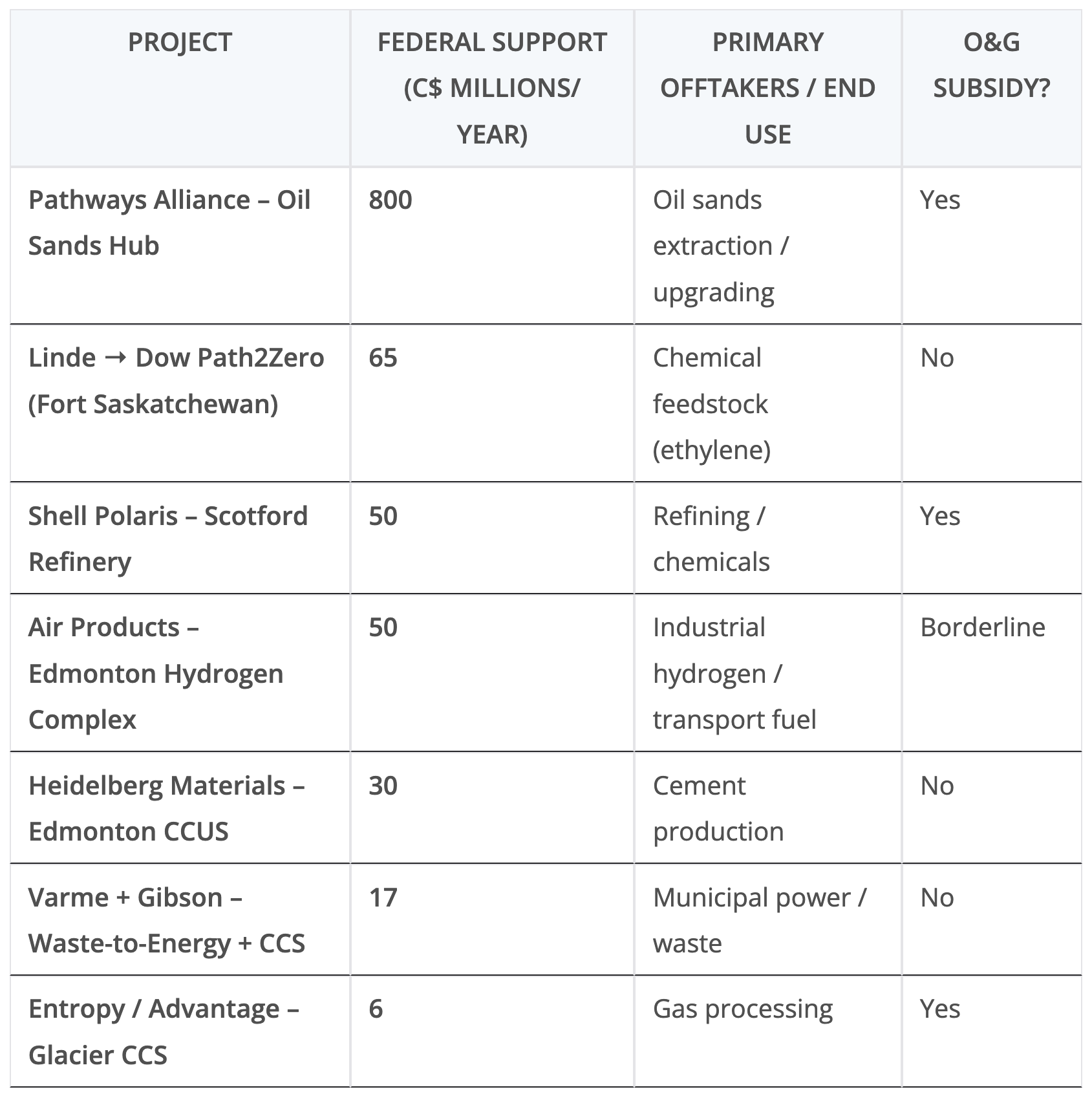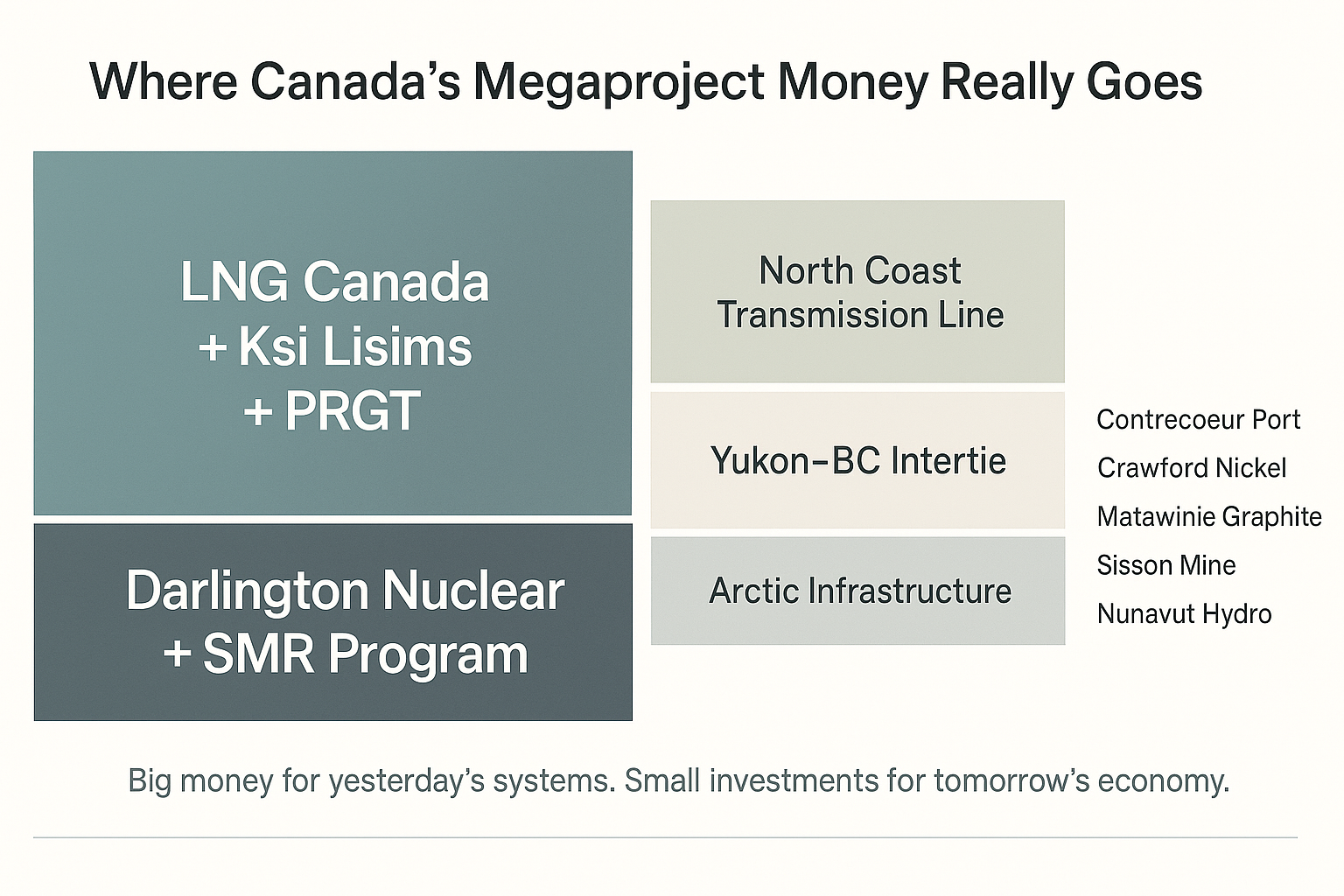
Sign up for daily news updates from CleanTechnica on email. Or follow us on Google News!
Fossil energy stakeholders thought they had a win-win when they boosted President Trump back into office last November. Guess again. Geothermal energy is throwing off the shackles of the past and extending its reach across the country, with a particular focus on pushing natural gas out of the power generation industry.
Don’t Look Back, Geothermal Energy Might Be Gaining On You
Of course, gas producers can turn to the export market if geothermal energy gums up the works here in the US. Analysts warn that a gigantic gas price hike will be in store for domestic consumers if exports rise, but that’s all the better for geothermal energy stakeholders and the electrification movement, too.
The opportunities for geothermal development in the US have skyrocketed with the advent of new “go-anywhere” enhanced geothermal systems. EGS systems repurpose oil and gas drilling technology for clean energy. It enables developers to exploit site where suitable heat is available, instead of relying on a limited set of suitable rock formations and water resources.
The US Department of Energy has been lending its muscle to help EGS innovators break out of the demonstration phase and into the market, and they do not seem too concerned about Trump’s fossil-friendly energy policy.
The startup GreenFire Energy, for example, expects EGS to fill the role normally played by fossil-fueled power plants. “By delivering dependable, 24/7 carbon-free baseload energy, the company is meeting the growing needs of industries such as data centers, military bases, and manufacturing,” Greenfire says of itself.
“Focused on purpose-fit, scalable solutions, GreenFire Energy is at the forefront of the next wave of geothermal advancements—delivering sustainable energy exactly where it’s needed,” the company adds.
Last week the company announced new additions to its executive team, aimed at accelerating EGS into the mainstream. “This new leadership team embodies the expertise and passion needed to grow GreenFire Energy into a top geothermal producer and fulfill our mission by developing new geothermal projects that meet today’s urgent needs while paving the way for a sustainable tomorrow,” President Rob Klenner emphasizes.
Geothermal Energy Is Coming For Your Fossil Fuels
GreenFire is just one among a suite of geothermal innovators supported by the Energy Department. Another one is Sage Geosystems, and they are also on the move. The company has developed an EGS variant called Geopressured Geothermal Systems. It can do double-duty for energy storage system as well as a geothermal power production.
“Unlike traditional renewable energy sources, geothermal solutions, including energy storage and baseload power generation, can provide an on-demand source of clean energy that is available 24 hours a day, 365 days a year,” notes said Sage CEO Cindy Taff.
That observation suggests a conflict with wind and solar energy, though not necessarily. Earlier this month Sage announced a new collaboration with the leading global firm ABB to optimize the power production side of GGS while noting the potential for application to the energy storage side, enabling GGS to be deployed in support of intermittent energy resources.
Sage already has a project in the works for Meta, at a location east of the Rockies. That’s the red flag for natural gas. Almost all of the accessible, naturally occurring geothermal resources in the US are located west of the Rocky Mountains. Moving that activity into new regions is a game changer of epic proportions. “In the US alone, it is thought that geothermal energy could capture enough natural heat resources to power more than 65 million homes,” Sage notes.
Sage brings up another red flag as well. In the ABB announcement, the company cites the firm Rystad Energy, which anticipates that the installed capacity of geothermal energy will rise from its lowly state of 16.8 gigawatts globally up to 28 gigawatts within the next few years, and on up to 100 by 2050. That’s going to impact US fossil energy exports, already under threat from green hydrogen activity in Europe and elsewhere.
Next Steps For Geothermal Energy In The US
Another geothermal energy shoe dropped last spring, when the MIT spinoff Quaise Energy announced that it bagged $21 million in Series A1 financing to commercialize its “deep geothermal” technology. “A deep geothermal power plant can create 10x more energy than conventional geothermal resources, provide 24/7 baseload power, and unlock near-universal access to clean energy on a small land footprint,” Quaise enthused.
“The world needs, more than ever before, game-changing technologies that can deliver abundant carbon-free heat and power to become carbon neutral by 2050. We believe deep geothermal has great potential to become one of these technologies,” enthused Toshiaki Nobuhara, General Manager, International Utility Dept. of Quaise investor Mitsubishi Corporation.
In yet another poke at fossil energy stakeholders, Quaise states that it will focus on repurposing existing power plants for geothermal energy. “By drilling onsite at thermal generation plants and industrial centers to utilize the existing infrastructure and workforce, a faster energy transition becomes possible,” the company notes.
Follow The Money
Quaise is currently evaluating a mine in Nevada to set up its first pilot-scale commercial facility, so stay tuned for more on that.
Another geothermal energy startup to watch is Fervo Energy. Fervo received substantial support from the Energy Department during the Biden administration and it has also been raising money from private sector investors hand over fist, including an investment from the leading oil and gas drilling firm Liberty Energy in 2022. Liberty CEO Chris Wright is now a member of Trump’s cabinet as Energy Secretary. Just saying.
Whether or not a pie fight breaks out in the Cabinet Room remains to be seen, but none of this news is good news for fossil energy producers here in the US. Unlike fossil resources, geothermal systems don’t rely on a constant stream of cargo ships plying the seven seas to reach markets around the world.
In fact, US geothermal stakeholders have relied on foreign markets to sustain their industries for decades, back when domestic opportunities were limited. Now that EGS has opened the door, it’s a safe bet that the industry will continue to pursue new opportunities around the world as well as here at home.
Speaking of the global picture, President Trump is well on his way to tearing up Europe and throwing the pieces to Russia. It doesn’t have to be that way. The experts say that members of Congress listen when citizens contact them, regularly and repeatedly. Find your representatives here.
Image (cropped): New EGS technology has flipped the script on geothermal energy resources in the US, opening up new opportunities across the country and around the world (courtesy of US Department of Energy).
Chip in a few dollars a month to help support independent cleantech coverage that helps to accelerate the cleantech revolution!
Have a tip for CleanTechnica? Want to advertise? Want to suggest a guest for our CleanTech Talk podcast? Contact us here.
Sign up for our daily newsletter for 15 new cleantech stories a day. Or sign up for our weekly one if daily is too frequent.
CleanTechnica uses affiliate links. See our policy here.
CleanTechnica’s Comment Policy




